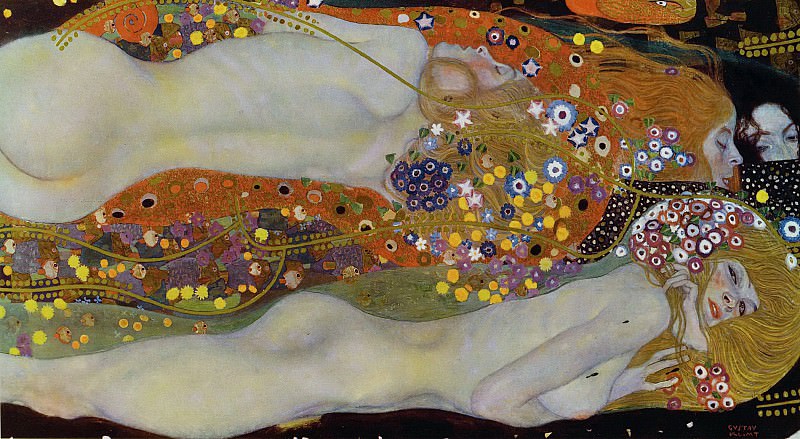Introduction to Expressionist Art
Expressionism is an art movement that emerged in the early 20th century, primarily in Germany. This movement is characterized by the portrayal of strong emotions and subjective interpretations rather than depicting the objective reality. Expressionist artists sought to convey their inner feelings and experiences through their work, often using vivid colors, exaggerated forms, and bold brushstrokes. The movement spanned various mediums, including painting, literature, theater, film, architecture, and music, each contributing to the collective goal of expressing the inner turmoil and existential angst of the human condition.
Historical Context
The origins of Expressionism can be traced back to the late 19th century as a reaction against the bourgeois complacency and materialism of the time. The movement gained momentum in the early 1900s, influenced by the social, political, and economic upheavals that preceded and followed World War I. The rapid industrialization, urbanization, and the horrors of war led many artists to question the values of their society and explore the depths of human emotion and psychology. This period of intense change provided fertile ground for the growth of Expressionism.
Key Characteristics of Expressionist Art
Expressionist art is marked by several distinctive characteristics. One of the most notable features is the use of intense, often non-naturalistic colors. Artists employed these colors to evoke emotional responses and convey the mood of the subject rather than to accurately represent the visual appearance. Bold, jagged lines and distorted forms are also common, reflecting the inner emotional state of the artist or the subject.
Another hallmark of Expressionist art is its focus on themes of alienation, anxiety, and despair. Many works from this movement depict the struggles of the individual against a backdrop of societal pressures and existential dread. The human figure often appears contorted or exaggerated, symbolizing the inner turmoil and psychological conflict experienced by the characters.
Influential Expressionist Artists
Several artists were pivotal in the development and popularization of Expressionism. One of the most renowned is Edvard Munch, whose iconic painting "The Scream" epitomizes the movement's exploration of intense emotion and psychological depth. Munch's work often delves into themes of love, death, and existential anxiety, using vivid colors and dramatic compositions to convey his personal experiences and inner struggles.
Another key figure is Ernst Ludwig Kirchner, a founding member of the German Expressionist group Die Brücke (The Bridge). Kirchner's works are characterized by their bold use of color and dynamic, angular forms. His paintings often depict urban life and the anxieties of modern existence, reflecting the rapid changes and social tensions of the early 20th century.
Wassily Kandinsky, a member of the group Der Blaue Reiter (The Blue Rider), is also a significant contributor to Expressionism. Kandinsky's abstract works emphasize the spiritual and emotional aspects of art, using color and form to evoke a sense of transcendence and inner harmony. His theoretical writings, such as "Concerning the Spiritual in Art," further articulated the movement's emphasis on the inner experience and the emotional power of visual art.
Expressionism in Different Mediums
While painting is the most well-known medium of Expressionism, the movement also had a profound impact on other forms of art. In literature, authors such as Franz Kafka and James Joyce explored themes of alienation, existential angst, and the complexity of human psychology, often employing fragmented narratives and stream-of-consciousness techniques to reflect the inner workings of the mind.
In theater, Expressionism brought a new intensity to stage performance. Playwrights like Bertolt Brecht and August Strindberg used exaggerated dialogue, distorted sets, and symbolic characters to convey the emotional and psychological states of their protagonists. This theatrical style aimed to provoke a visceral response from the audience, challenging them to engage with the deeper meanings and emotions underlying the surface narrative.
Expressionism also left its mark on film, with directors like Fritz Lang and Robert Wiene creating visually striking and psychologically complex works. The use of chiaroscuro lighting, distorted sets, and surreal imagery in films like "Metropolis" and "The Cabinet of Dr. Caligari" exemplifies the Expressionist aesthetic and its focus on the inner emotional experience.
The Legacy of Expressionism
The impact of Expressionism on the art world is profound and far-reaching. The movement paved the way for various subsequent art movements, including Abstract Expressionism, Surrealism, and Neo-Expressionism. Its emphasis on personal expression and emotional depth has continued to influence artists across different mediums and generations.
In contemporary art, the legacy of Expressionism can be seen in the works of artists who explore psychological and emotional themes through bold, non-representational forms. The movement's focus on the individual's subjective experience resonates with today's artists, who continue to push the boundaries of artistic expression to explore the complexities of human emotion and consciousness.
Conclusion
Expressionism is a vital and influential art movement that sought to capture the essence of human emotion and experience. Through its use of vivid colors, distorted forms, and bold compositions, Expressionist artists conveyed the inner turmoil and existential angst of their time. The movement's impact extended beyond painting, influencing literature, theater, film, and other art forms. Today, the legacy of Expressionism continues to inspire artists to explore the depths of human emotion and to express their inner experiences through their work.




